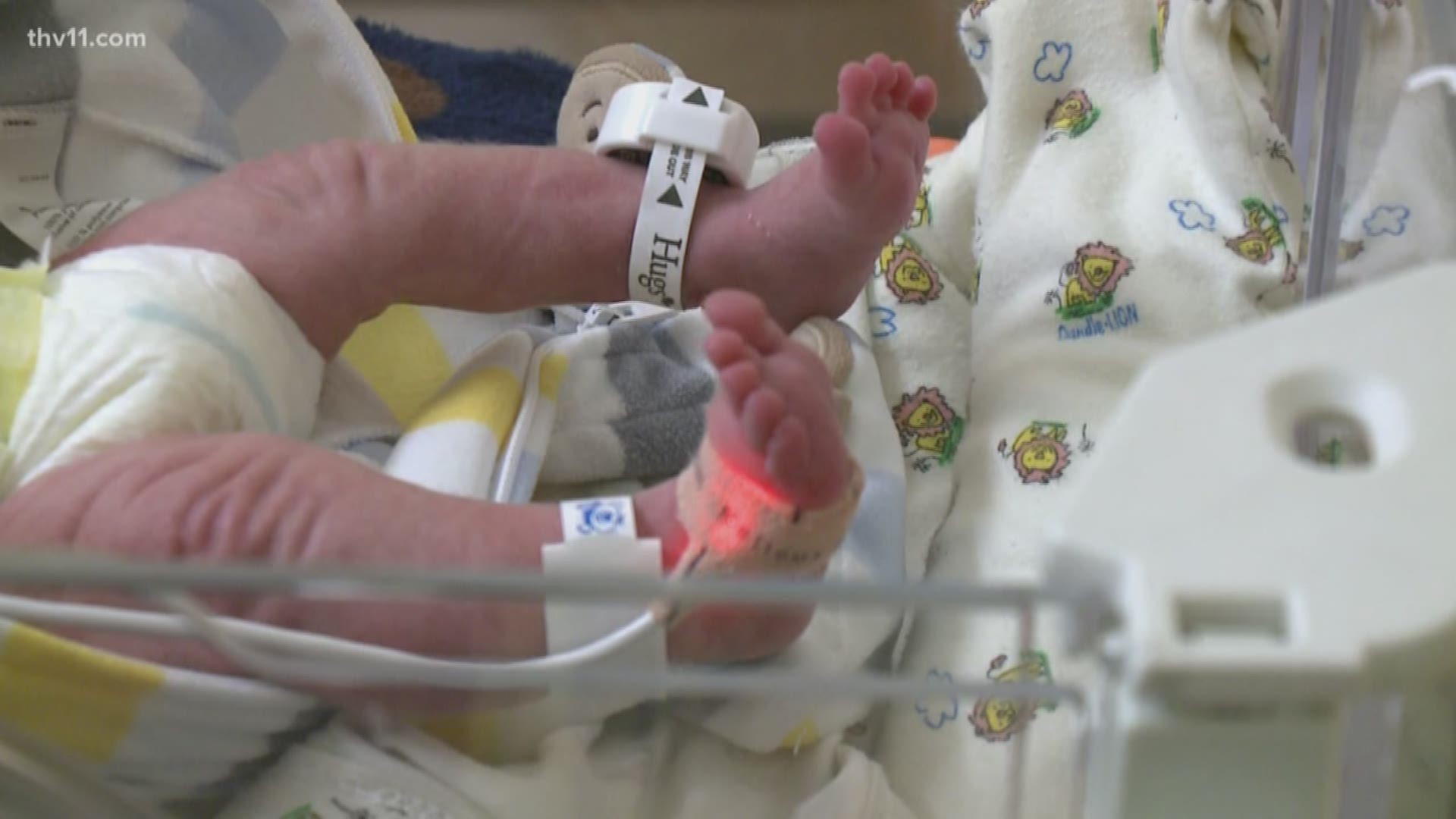Women across the United States are dying and suffering life-changing injuries during childbirth because hospitals are not following proper safety measures, a USA Today investigation has found.
Every year in the United States, more than 50,000 mothers are severely injured during or after childbirth and 700 of those die, according to the CDC.
It's a prevalent issue in Arkansas, which is ranked 4th among states with the highest maternal death rates, according to the report.
USA Today reporter Allison Young spoke with CBS This Morning on Thursday, July 26.
"The experts say that about 50% of the deaths of women from childbirth related causes could be prevented if they were given better medical care," Young said on CBS.
Two leading causes of childbirth death and injuries are hemorrhage and hypertension.
"Both of those require hospital officials to pay attention to the early warning signs and get people treatments quickly. What we've found is that's often not happening," Young said.
Between 2012 and 2016, Arkansas reported 37.5 maternal deaths per 100,000 births.
"It shows us we have an opportunity to do something better," Dr. William Greenfield, an associate professor of obstetrics and gynecology at UAMS, told THV11.
Greenfield said developing a solution begins with having a better solution of the problem. Arkansas is among several states without a committee to evaluate deaths related to childbirth.
The Arkansas Department of Health (ADH) is in the planning stage for a Maternal Mortality Review with partners and interested parties, according to ADH spokesperson Meg Mirivel.
Dr. Greenfield said such a committee would allow the state to examine what's behind maternal deaths.
"It's only then we can begin to implement the best strategies to decrease that number," Greenfield said.
While mortality rates have increases in other states, they have declined in California. Hospitals there have implemented safety bundles -- or best practices for reducing birth-related death and injury.
Greenfield said UAMS has started the process to implement safety bundles of its own.
"If we have these bundles in place and they're standardized, you can actually ideally raise the level of care across the state so that there is no distinction of a quality of care that one would receive regardless of their geography," Greenfield said.
Click here to visit USA Today's complete investigation.

